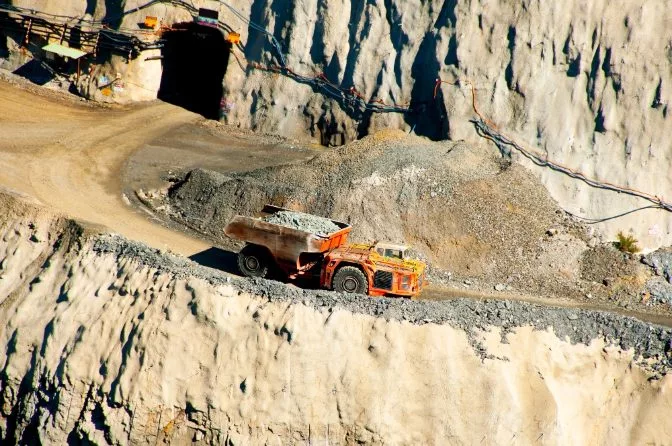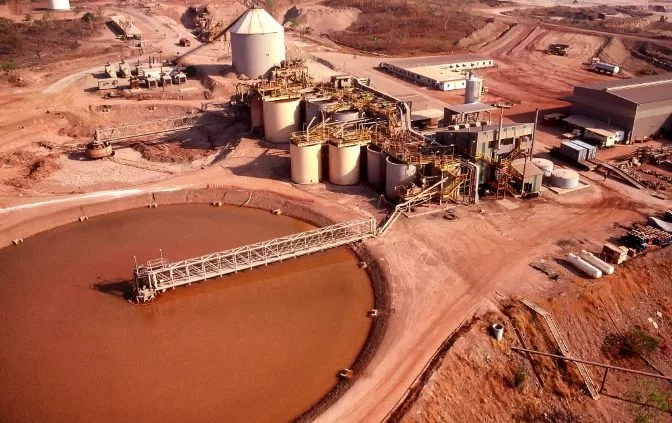What Is Backfilling in Mining?
Backfilling is the process of refilling an excavated space, typically after mining activities have taken place. It's a common practice not only in construction but also in the mining industry, where it plays a crucial role in maintaining mine stability and safety.
In underground mining operations, backfilling is essential for supporting the surrounding rock mass, reducing the risk of surface subsidence, and preventing ore dilution. It also helps create a safer working environment by minimizing the potential for collapses or other hazards.
Additionally, using backfill materials can be an effective way to manage waste. Instead of leaving tailings on the surface, they can be safely stored underground, which reduces environmental impact and promotes sustainable mining practices.
[Note: The term "backfilling" is sometimes written as "back filling."]
Types of Backfill
Backfill typically consists of waste materials left behind after the extraction of valuable minerals, such as tailings. These materials are often processed and used to fill voids created during mining.
 Backfilling in underground mines—a truck hauling ore
Backfilling in underground mines—a truck hauling ore
The following are some of the most commonly used types of backfill:
- Cemented backfilling: This involves mixing tailings with cement to create a solid material that fills voids and provides structural support. It’s cost-effective when only small amounts of cement are needed.
- Dry rock backfilling: Made from dry tailings, gravel, or rock waste, this method is often used in cut-and-fill mining techniques.
- Hydraulic sand backfilling: Fine sand is separated from tailings and pumped into mine voids. It can be mixed with binding agents if needed.
- Paste backfilling: Used mainly in coal mining, this technique involves mixing tailings with water, cement, and fly ash to create a thick paste that can be easily transported and placed.
The Mine Backfilling Process
The backfilling process varies depending on the type of mine, the nature of the tailings, and the location of the stope (an excavated space). In many cases, heavy machinery is used to pump backfill material into these voids.
For shallow mines, gravity can be utilized by using dump trucks to move the material. However, in deeper operations, high-pressure pumps are often required to transport the backfill to the desired location.
 Tailings plant
Tailings plant
Most underground mines use cemented paste backfill due to its strength and effectiveness. The process usually begins at the surface, where tailings are filtered to remove excess water before being mixed with binders.
The final mixture is then pumped underground through pipelines. Once in place, barricades or bulkheads are installed to hold the backfill in position while it cures and gains strength.
Mine Backfilling Process Hazards
While backfilling is beneficial, it also comes with several risks. Here are some of the most common hazards associated with the process:
- Backfill segregation: Particles can separate during curing, leading to uneven distribution and instability.
- Backfill sloughing: A previously cured layer may break off, causing fresh backfill to shift.
- Borehole clog: Blockages can occur when pouring backfill down a borehole, requiring new holes to be drilled.
- Bulkhead/barricade failure: If the structure holding the backfill fails, it can lead to serious issues.
- Pipe hammering: Sudden pump shutdowns can cause damage to pipelines.
- Pipeline burst: Excessive pressure or blockages can result in ruptured pipes.
- Plugged pump: Pumps can become clogged over time, especially when handling dense mixtures.
- Plugging of pipeline: Binders can make pipelines more prone to clogging.
- Plugged sump: Backfill can block ventilation systems, requiring removal efforts.
- Pump failure: Frequent use and blockages can lead to equipment breakdowns.
Advantages and Disadvantages of Backfill Mining
Backfill mining offers numerous benefits, including improved safety, reduced environmental impact, and better resource recovery. However, there are also challenges to consider.
Advantages of Backfill Mining
- Enhances mine stability and safety.
- Allows for the extraction of residual minerals in pillars.
- Reduces the risk of rock bursts and roof falls.
- Helps prevent groundwater contamination when binders are used.
- Improves ventilation and air quality in underground spaces.
- Minimizes acid rock drainage and water pollution.
- Reduces the need for surface storage and land use.
- Supports long-term sustainability and responsible mining practices.
- Helps prevent mine collapse after pillar extraction.
Disadvantages of Backfill Mining
- Requires expensive equipment and infrastructure, such as pumps and tailings plants.
- Demands additional labor and management resources.
- Can be costly, especially when using binders like cement.
- May slow down the overall mining process.
- Increases the risk of liquefaction under certain conditions.
- Can lead to groundwater contamination if not properly managed.
- Requires significant energy and operational costs for dewatering and transportation.
Hard-rail Horizontal Machine Tools
The horizontal lathe is capable of performing operations such as turning internal and external cylindrical surfaces, conical surfaces, forming rotary surfaces and annular grooves, turning sections and various threads, drilling, reaming, tapping threads, sleeve threading and knurling. Although the automation level of an ordinary horizontal lathe is low with a relatively longer auxiliary time in the process; due to its wide range of processing capabilities and overall performance, this type of machine tool has become widely popularized within the machining industry. It is a quintessential representative of our machinery industry and an indispensable piece of equipment for any machining operation.
Hard-Rail Horizontal Machine Tools,High-Efficiency Cnc Lathe Machine,High-Speed Cnc Lathe,High Quality Slant Bed Cnc Lathe
Ningbo Leyan Machinery Technology Co., Ltd , https://www.cncleyan.com